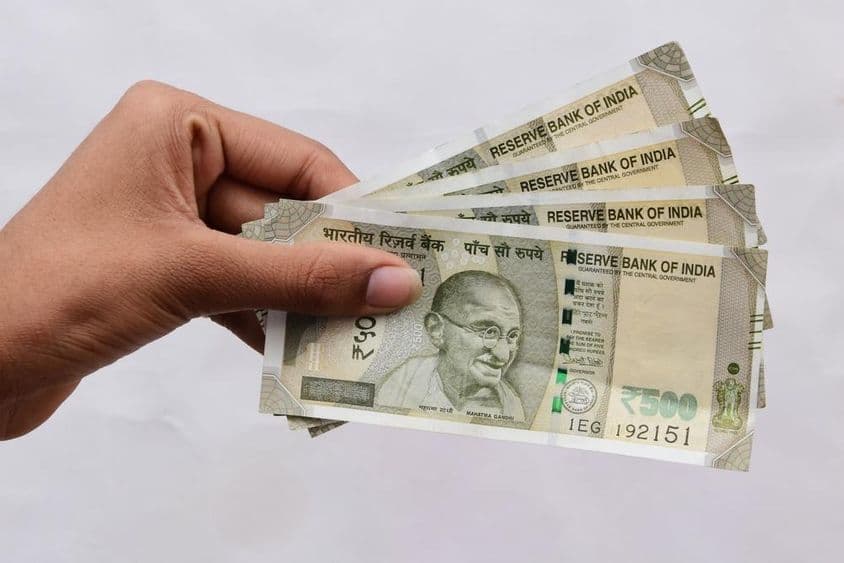Remittances Benefit from Rupee's Fall: UAE Impact

Weakening Indian Rupee, Rising Remittances: Impact on Indians in the UAE
From August 1, the United States imposed a 25 percent tariff on numerous Indian products, exerting additional pressure on the already struggling Indian rupee. In the past two months, the Indian currency fell by almost one unit against the UAE dirham, and experts suggest this trend could continue, potentially reaching the 24 level against the dirham.
This depreciation is interesting not only from a macroeconomic perspective but also presents significant opportunities for Indians living in the United Arab Emirates. The Indian community, numbering over 3.7 million, regularly sends money home and can now do so at more favorable exchange rates.
Advantageous Situation for NRIs
The rupee's weakening creates an ideal environment for remittances. Non-resident Indian citizens (NRIs) in the UAE now receive more rupees for the same amount of dirhams than before. This can be advantageous not only for personal purposes—such as family assistance or property purchases—but also offers an appealing opportunity from an investment standpoint.
Experts argue that the current foreign exchange market movements open a "window" for capitalizing on favorable rates. The strengthening dollar and narrowing possibilities for interest rate cuts in India are exacerbating the rupee's condition, potentially increasing NRIs' propensity to send money home.
Impacts on Indian Stock Markets and Export Companies
However, the tariff increase is not positive for everyone. Indian exporters, particularly those heavily dependent on the US market, face significant challenges. Companies in sectors such as textiles, auto parts manufacturing, and other consumer goods may need to absorb the additional costs caused by the tariffs to avoid losing customers.
This pressure, of course, is also felt on the stock exchange. Indian companies heavily present in the US market—such as those in IT, pharmaceuticals, or manufacturing—underperformed compared to indices representing the entire Indian market. Due to exchange rate fluctuations, NRIs investing in these may face short-term losses, though long-term prospects remain positive.
Strained Trade Relations Between the USA and India
The new US tariffs were partially motivated by geopolitical reasons. Washington seeks to reduce the $42.7 billion trade deficit and desires India to increase imports of American products. Additionally, the United States expressed dissatisfaction with India's interest in Russian energy supplies and military equipment.
While the White House has hinted at further sanctions, the United States has left the door open for a trade agreement. As a result, the market is now in a wait-and-see mode, with volatility and uncertainty further complicating the position of export-oriented companies.
What to Expect in the Coming Months?
Expectations are that the rupee may continue to weaken, with remittances subsequently rising even higher from the UAE. While short-term challenges—such as decreasing competitiveness of exporters—exist, they could lead to structural adjustments in the Indian economy in the long run.
(Source of the article is based on investment firms' statements.)
If you find any errors on this page, please let us know via email.


